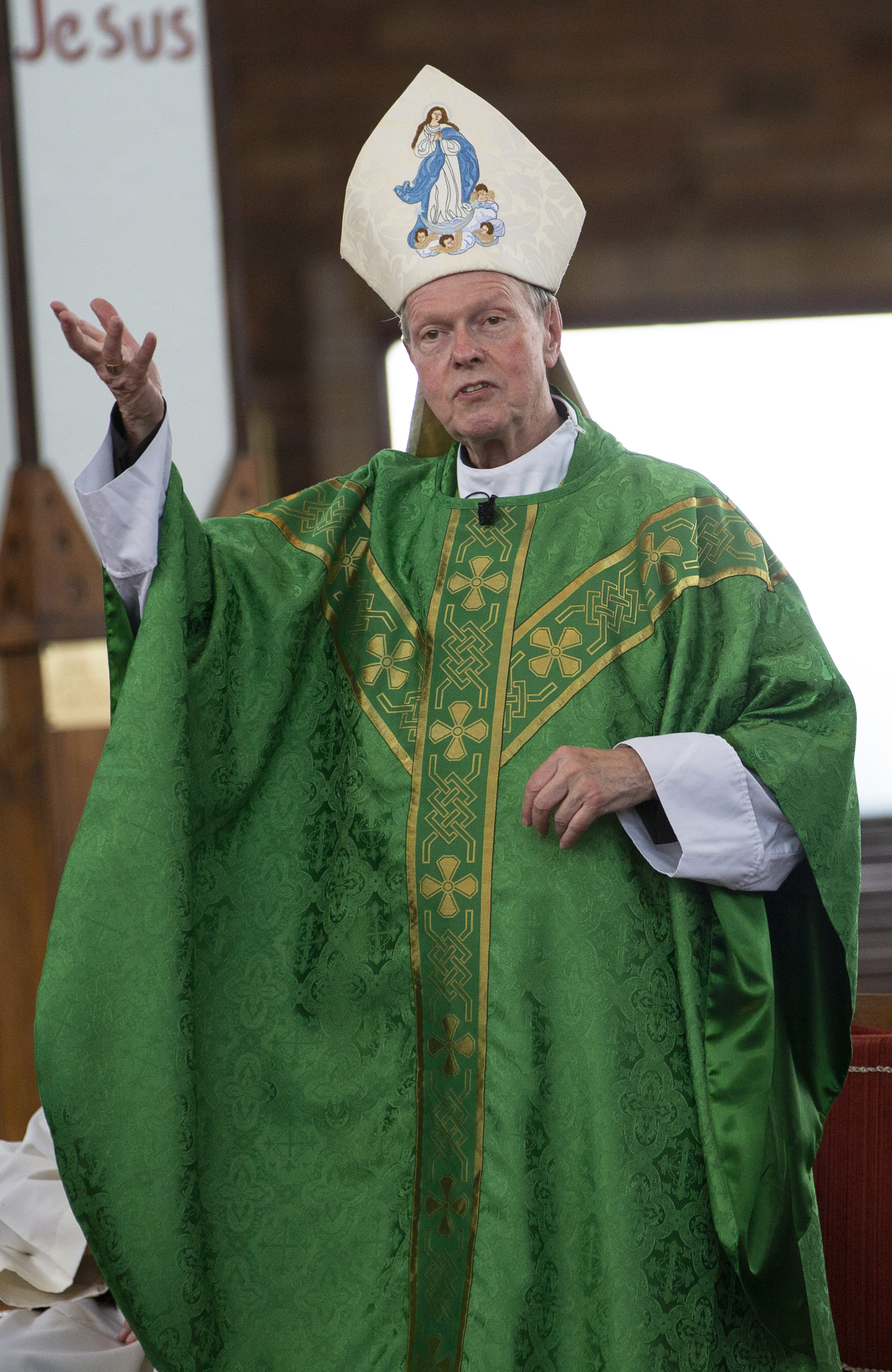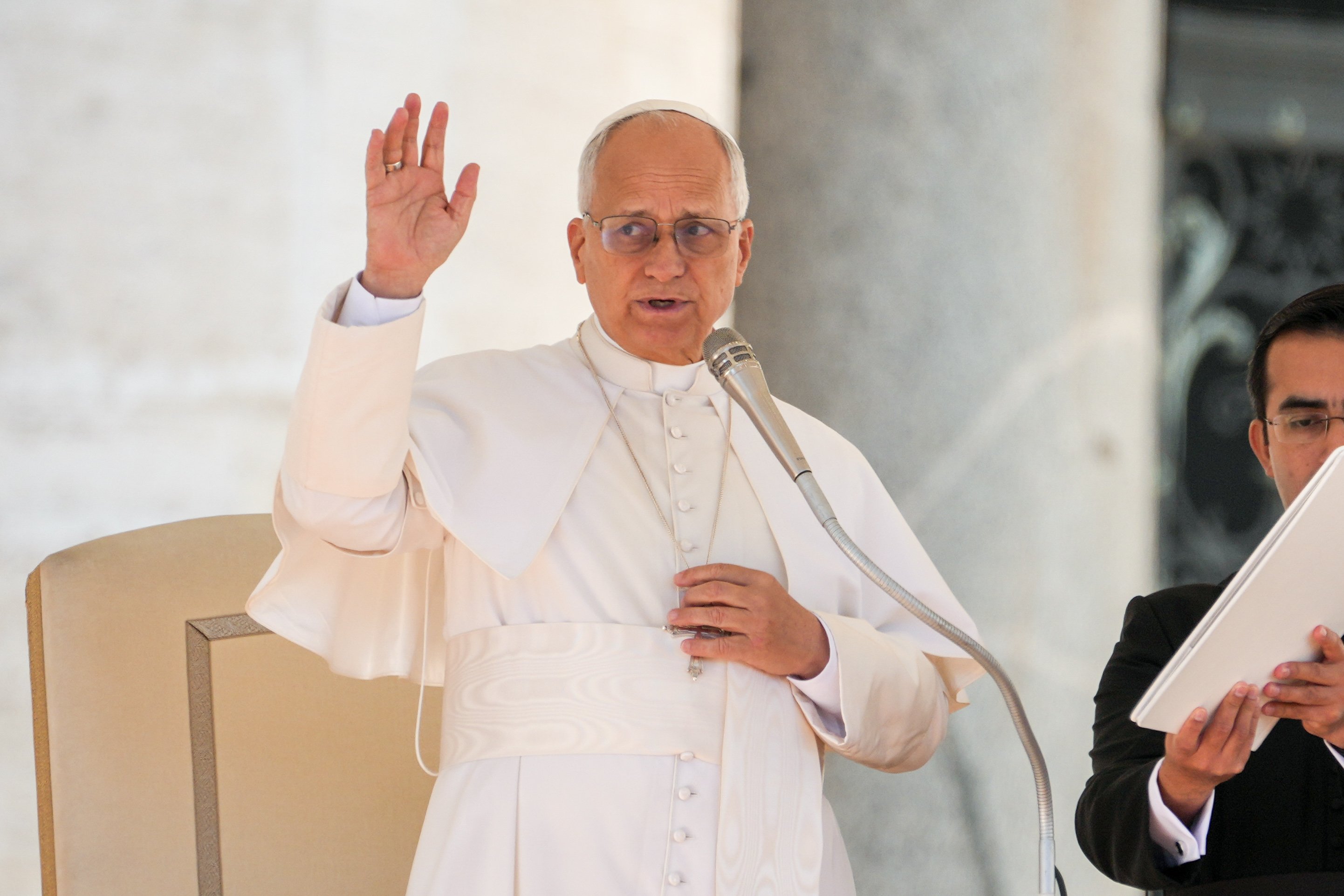April 6, 2018 at 1:53 p.m.
REFLECTION
Traditional vs. modern churches
The embellishments of medieval cathedrals spoke to the importance given to worship, especially celebration of the Eucharist. This speaks to the tradition of God's love for His people. God describes His love for His people as that of a groom toward his bride.
The modern idea of a church building is intended to convey three ideas. First, because everyone is of the same holiness, the priest should not be seated at the head of the table while others stand in the back behind others. But this presupposes that the ordering of the Mass is meant to convey ranking in the eyes of the Lord, which clearly plays no part in the Eucharist. Sitting at the head of the table represents the loving responsibility and duty a father has toward his family.
The second reason for modern, minimalist church architecture speaks to the Church's mission of charity. Pope Benedict XVI said that, as messengers of the Gospel, the Church is linked to the mission of charity.
Does this make charity the heart of the Church? The three divine virtues - faith, hope and love - must be taken into account, along with Jesus' direction to preach the Gospel to all nations and to celebrate the Eucharist in His memory. Faith is centered around the Eucharist and not around charity, which is not even the strongest expression of love within the Church - the strongest being the love between a man and a woman joined in the sacrament of matrimony.
If the Church has a duty to carry out the sacrament of marriage, then she also has a duty to ensure the stability of the family, which is in line with the Church's mission as caretaker of souls. This Word takes its form in the Eucharist. Church ministries - including sacraments, charitable activities, answering material needs and visiting the lonely and imprisoned - should be centered around the Eucharist.
The third reason for the minimalistic architecture of the modern church is that, despite the impressiveness of medieval cathedrals, wasn't the traditional church building the table that Jesus and His Apostles sat around at the Last Supper? Old Testament history tells of the story of King Solomon building a lavish temple in which to place the ark of the covenant, where God promised to dwell.
Jesus taught in the temple and referred to His very self as a temple: "Destroy this temple and I will rebuild it in three days" (Jn 2:19). This was to elevate the status of the human person: "Do you not know that your bodies are temples of the Holy Spirit?" (1 Cor 6:19).
Jesus' choice to celebrate the Last Supper in the upper room with His Apostles was not a statement of disregard for the temple, but a convenient place to celebrate the first Eucharist with His closest friends. Biblical history is not averse to lavish houses of worship.
(Mr. Dansereau attends Mater Christi parish in Albany.)[[In-content Ad]]
SOCIAL MEDIA
OSV NEWS
- Dig deep and work patiently to keep church on solid foundation, pope says
- Portland archbishop on ICE: Human dignity comes from God, not government
- Christian hope shows the earth can resemble heaven, pope says
- Washington Roundup: Election shifts; Venezuela vote; transgender passports, and more
- Novel highlights power of art and music as a salve to troubled humanity
- Supreme Court sides with Trump administration to temporarily block full funding for SNAP
- Former diocesan fundraising director indicted on wire fraud for alleged 6-figure theft
- Love is key to church’s mental health ministry, says bishop who lost family to suicide
- Caring for creation is part of peacemaking, pope tells COP30
- Security for Syria’s religious minorities is disastrous, say religious freedom advocates







Comments:
You must login to comment.